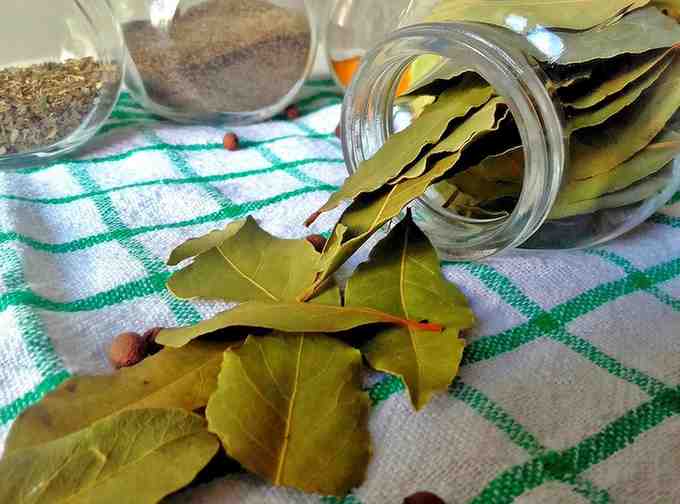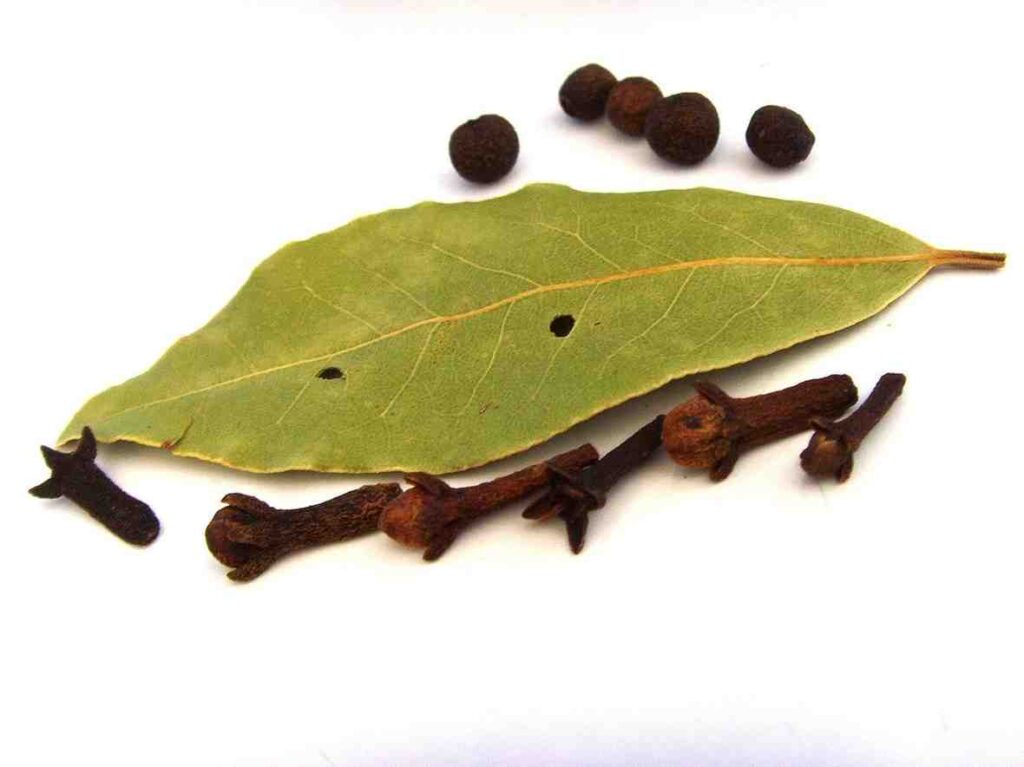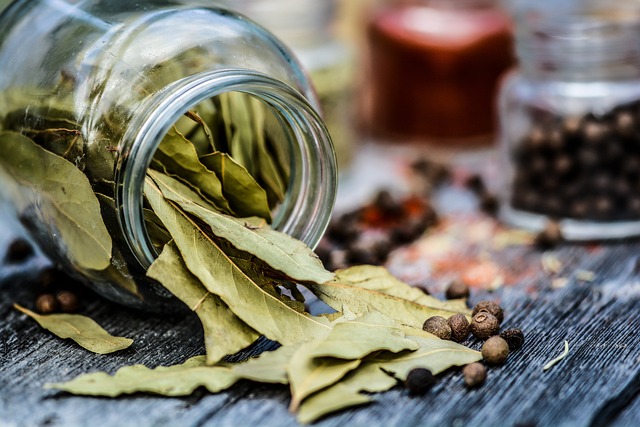Origins of the Laurel Leaf
Botanical Background
The laurel leaf, known scientifically as Laurus nobilis, belongs to the Lauraceae family. This evergreen shrub or small tree originated in the Mediterranean region. The plant thrives in warm climates, especially in regions with well-drained soil, and grows widely in Southern Europe, North Africa, and parts of Asia.
Geographic Distribution
While the laurel tree first appeared in the Mediterranean, its valued aromatic leaves and historical significance led to its spread worldwide. Today, laurel grows in gardens and wild landscapes across Europe, North America, and Australia, though it remains most closely associated with the Mediterranean basin.
Historical Facts About the Laurel Leaf
Ancient Civilizations and Symbolism
Ancient civilizations, particularly in Greece and Rome, deeply valued the laurel leaf. In Greek mythology, the laurel tree held sacred status with Apollo, the god of prophecy, music, and healing. People used the leaves to crown victors in athletic competitions, especially during the Pythian Games, which honored Apollo. This tradition continued in Roman culture, where military commanders wore laurel wreaths during victory celebrations as a symbol of triumph.
The Laurel in Medicine and Religion
Beyond symbolism, people in ancient Greece and Rome believed the laurel leaf possessed medicinal and protective properties. They burned laurel leaves as purifying incense in temples and used the oil in rituals to ward off evil spirits. During medieval times in Europe, the laurel became a symbol of protection, often hung in homes to prevent illness and misfortune.
The Evolution of Laurel Usage Over Centuries
As time passed, laurel leaves found new uses beyond symbolic and ritualistic purposes. During the Renaissance, the laurel became associated with poetic inspiration and intellectual achievement, a connection still evident today in the title “poet laureate.” The culinary world also adopted laurel, making it a staple ingredient in Mediterranean cuisine.

Active Components of Laurel Leaf
Chemical Composition
Laurel leaves contain essential oils that give them their distinctive aroma and flavor. The primary active components include:
- Cineole (Eucalyptol): This major component of the essential oil provides a fresh, camphor-like scent and offers antiseptic properties.
- Linalool: Contributing to the sweet, floral fragrance, linalool also provides calming and anti-inflammatory effects.
- Eugenol: Known for its spicy, clove-like aroma, eugenol also has anesthetic and antibacterial properties.
Nutritional Content
In addition to aromatic compounds, laurel leaves offer a variety of vitamins and minerals, including:
- Vitamin A: Essential for vision and immune function.
- Vitamin C: An antioxidant that supports the immune system and skin health.
- Iron: Crucial for red blood cell production.
- Calcium: Important for bone health and muscle function.
Health Benefits of Laurel Leaf Components
These active components contribute to various health benefits:
- Digestive Aid: People have traditionally used laurel leaves to soothe digestive issues, such as indigestion and bloating.
- Respiratory Support: The cineole in laurel leaves acts as a natural decongestant, making it useful for treating colds and respiratory infections.
- Anti-inflammatory Properties: Linalool and eugenol in laurel leaves contribute to their anti-inflammatory effects, helping to alleviate pain and swelling.
Ethnobotanical Uses of Laurel Leaf
Traditional Medicine
Various cultures have long utilized laurel leaves for their medicinal properties. Common traditional uses include:
- Herbal Teas: In Mediterranean and Middle Eastern cultures, people drink laurel leaf tea to relieve digestive discomfort and promote relaxation.
- Topical Applications: Crushed laurel leaves or laurel oil have been applied to the skin to treat wounds, insect bites, and muscle pain.
- Aromatherapy: Essential oils extracted from laurel leaves are used in aromatherapy to improve respiratory health and reduce stress.
Cultural Practices
Laurel leaves play a role in religious and spiritual practices across many cultures. For example:
- Protective Amulets: In some Mediterranean cultures, people carry laurel leaves as protective charms to ward off negative energy and bring good luck.
- Sacred Rituals: Burning laurel leaves in rituals purifies spaces and invokes divine protection.
Laurel in Modern Herbalism
Today, laurel remains relevant in modern herbalism. Herbalists recommend laurel leaf preparations for:
- Supporting Digestion: Laurel-infused oils or teas can help alleviate gastrointestinal discomfort.
- Relieving Cold Symptoms: Inhaling steam infused with laurel leaves is a common remedy for nasal congestion and coughs.

Culinary Uses of Laurel Leaf
Culinary Traditions Across Cultures
Laurel leaves, commonly referred to as bay leaves, serve as a staple in Mediterranean, Middle Eastern, and European cuisines. Cooks use them as a seasoning in various dishes, imparting a subtle, aromatic flavor that enhances the taste of soups, stews, and sauces.
Mediterranean Cuisine
- Greek and Roman Influence: Ancient Greeks and Romans used laurel leaves to flavor meats and fish, a tradition that continues in modern Mediterranean cooking.
- Italian Cuisine: Bay leaves are essential in Italian ragù and braised dishes, where they add depth to the flavor profile.
Middle Eastern Cuisine
- Rice and Meat Dishes: Middle Eastern dishes like biryani and kabsa use laurel leaf alongside spices such as cinnamon, cloves, and cardamom to enhance aroma and taste.
- Preservation of Foods: Laurel leaf, combined with mustard seeds or peppercorns, helps preserve pickles and other foods due to its antimicrobial properties.

Cooking with Laurel Leaves
Flavor Profile
Bay leaves offer a subtle yet complex flavor, described as a mix of herbal, floral, and slightly bitter notes. They are typically added to dishes during cooking and removed before serving, as the leaves themselves are tough and not meant to be eaten.
Popular Recipes
Some common recipes that feature laurel leaves include:
- Bouquet Garni: A bundle of herbs, including bay leaves, used to flavor soups and stews.
- Beef Stew: Bay leaves often enhance the savory flavor of beef stew.
- Tomato Sauce: Adding bay leaves to tomato sauce imparts a richer taste, balancing the acidity of the tomatoes.
Culinary Tips
- Dried vs. Fresh Leaves: Fresh bay leaves offer a more intense flavor, but dried leaves are more commonly used and easier to store.
- Storage: Store dried bay leaves in an airtight container away from light and moisture to preserve their flavor.
Health Benefits in Cooking
In addition to enhancing the taste of dishes, bay leaves also contribute to their nutritional value. When used in cooking, they:
- Aid Digestion: Bay leaves help reduce gas and bloating in heavy, rich dishes.
- Enhance Aroma: The aromatic compounds in bay leaves stimulate appetite and improve overall digestion.

